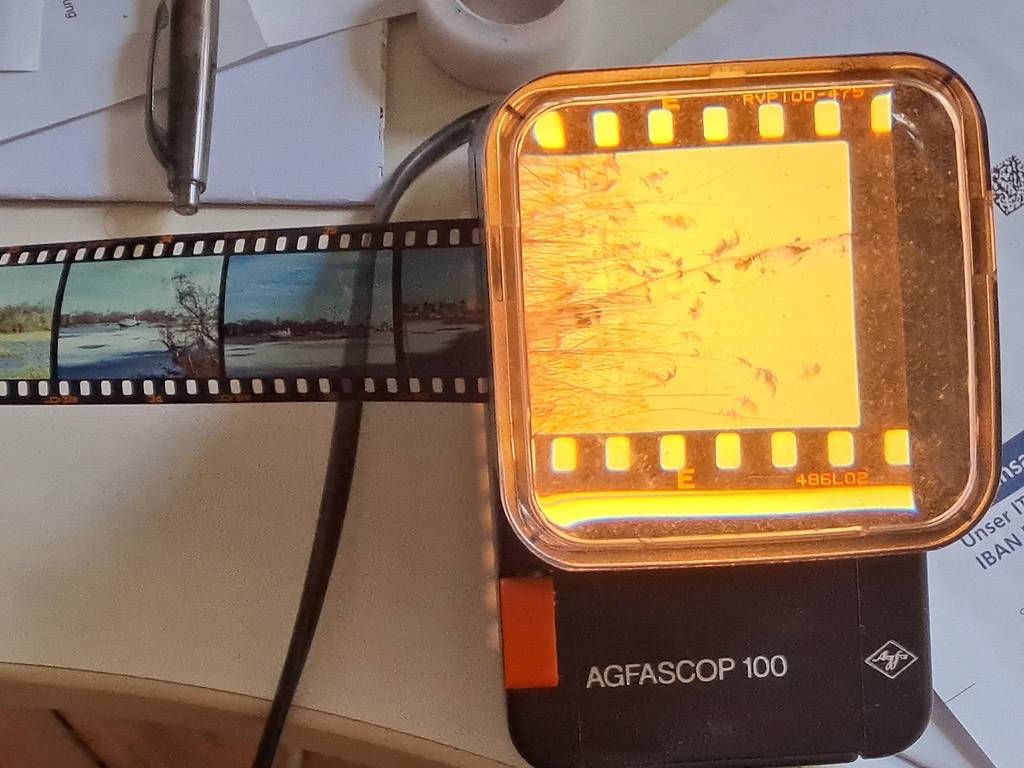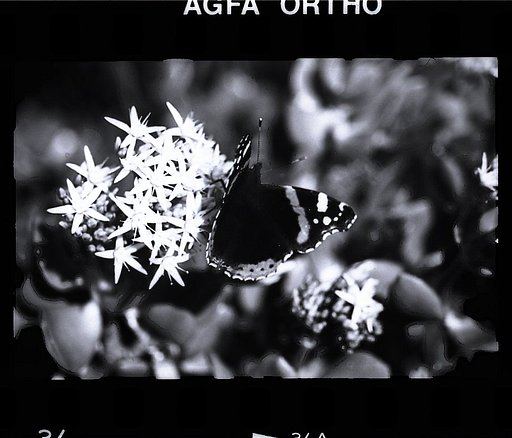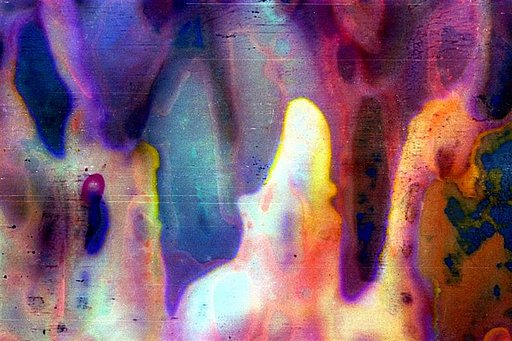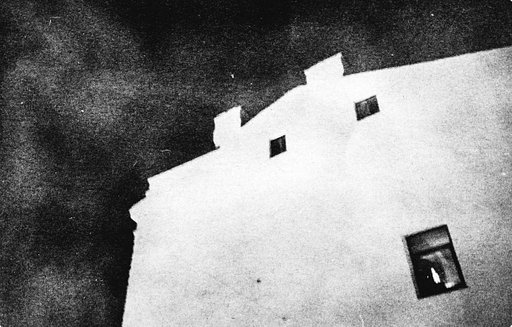How does film work?
A photograph is the final result that occurs when a chemical reaction exists between light and sensitive silver grain compounds.
The paste, also known as emulsion, is the raw consistency of the chemical ingredients and is composed of silver halide crystals, suspended on a gelatin layer which binds them together. It is protected with an anti-halation layer. This paste is then coated on the base support.
At its core, all film are made following this principal. With silver halide suspended on gelatin. Silver halide crystals are sensitive to blue light and they need sensitizing dyes to catch all the wave lengths. In black and white, dyes are added to the paste to expand the reach of sensitivity to the red weave length, on the same layer. Thus the film is rendered panchromatic.
To make a color film, we will need to compose each layer to the corresponding primary color. Therefore different layers for each color are specifically designed. Between each layer there are subbing layers that function as extra binding support to make the emulsion adhere better to the base.

With color negative films the sequence of the layers of colors will be composed following the different sensitivities to the wave length of the color spectrum.
During the process of exposure to light, each crystal that is hit by the ray will transform into a metallic particle and leave a latent image on the emulsion.
Once it is developed the image will be visible in the form of a negative or positive impression, depending on the film stock used.
For a more in depth explanation on film emulsion you can read this article
Cover Image by disasterarea
Anything missing?
Can’t find an answer to your question? Or do you have some useful advice to add to one of our courses? We want to build the world’s largest analogue learning space, so please send any further requests or information to school@lomography.com and we’ll take a look!
More Courses
-
What is the difference between panchromatic and orthochromatic film?
Orthochromatic film is made with blue-sensitive silver halide crystals, while panchromatic film adds other chemicals to increase the film’s sensitivity into the green and red parts of the spectrum.
-
How many layers does a film emulsion have?
There are several layers in a film emulsion and their characteristics vary with each manufacturer.
-
How is the emulsion coating applied to the film?
The coating of a film is a layer of emulsion containing microscopic light-sensitive silver halide crystals.
-
What are Silver halide crystals?
A silver halide is a chemical compound that forms between the element silver and one of the halogens. When the crystals are exposed to light they react and form latent images.
-
What is photographic film made from?
Film is composed by two main parts, the base and the emulsion. The film base is usually made of cellulose triacetate, acetate, or polyester. The emulsion is the active ingredient that will capture the final image.


